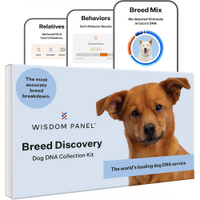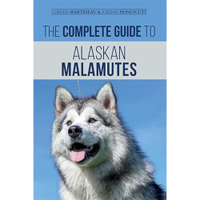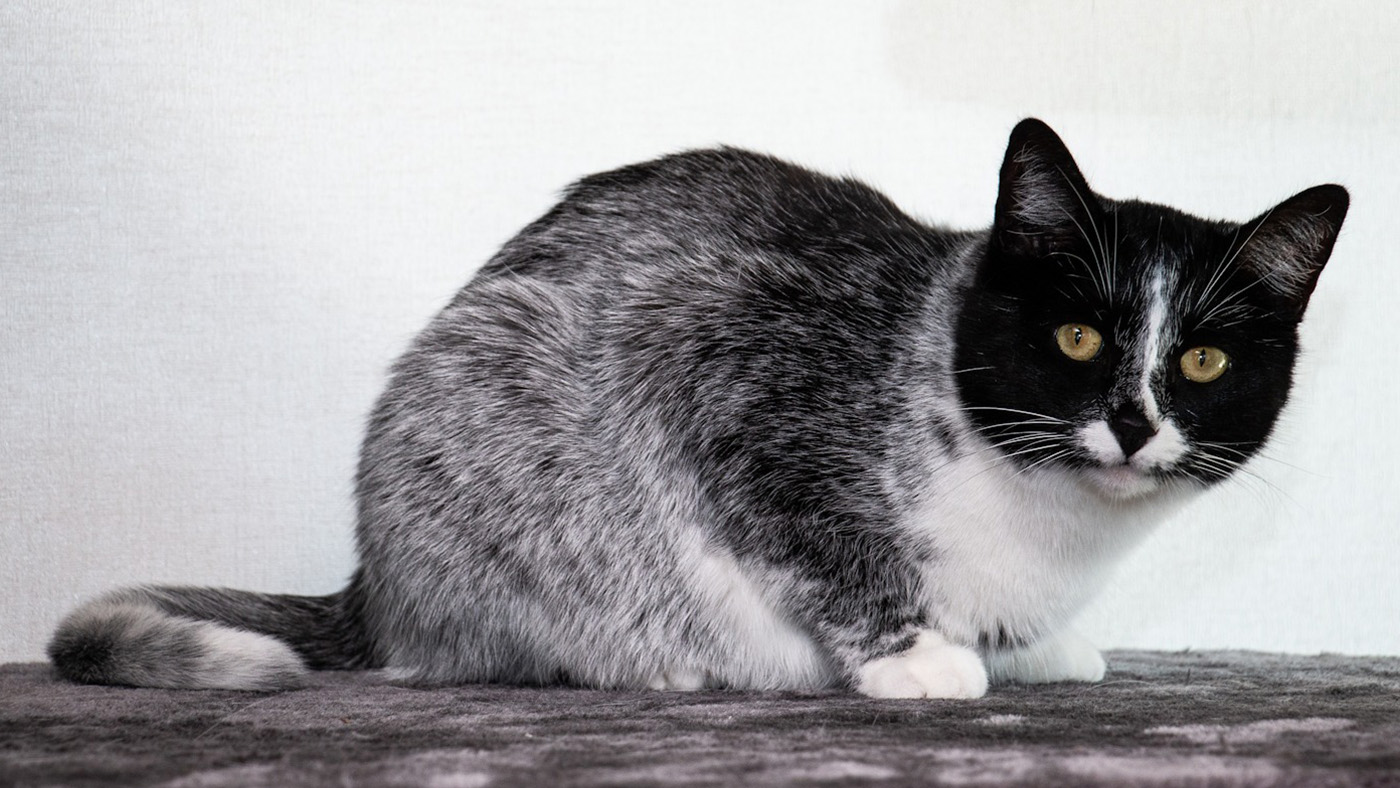Alaskan Malamute: An ancient dog breed that is built to tackle the most challenging conditions
Learn more about this breed that originates from the most northern part of the US
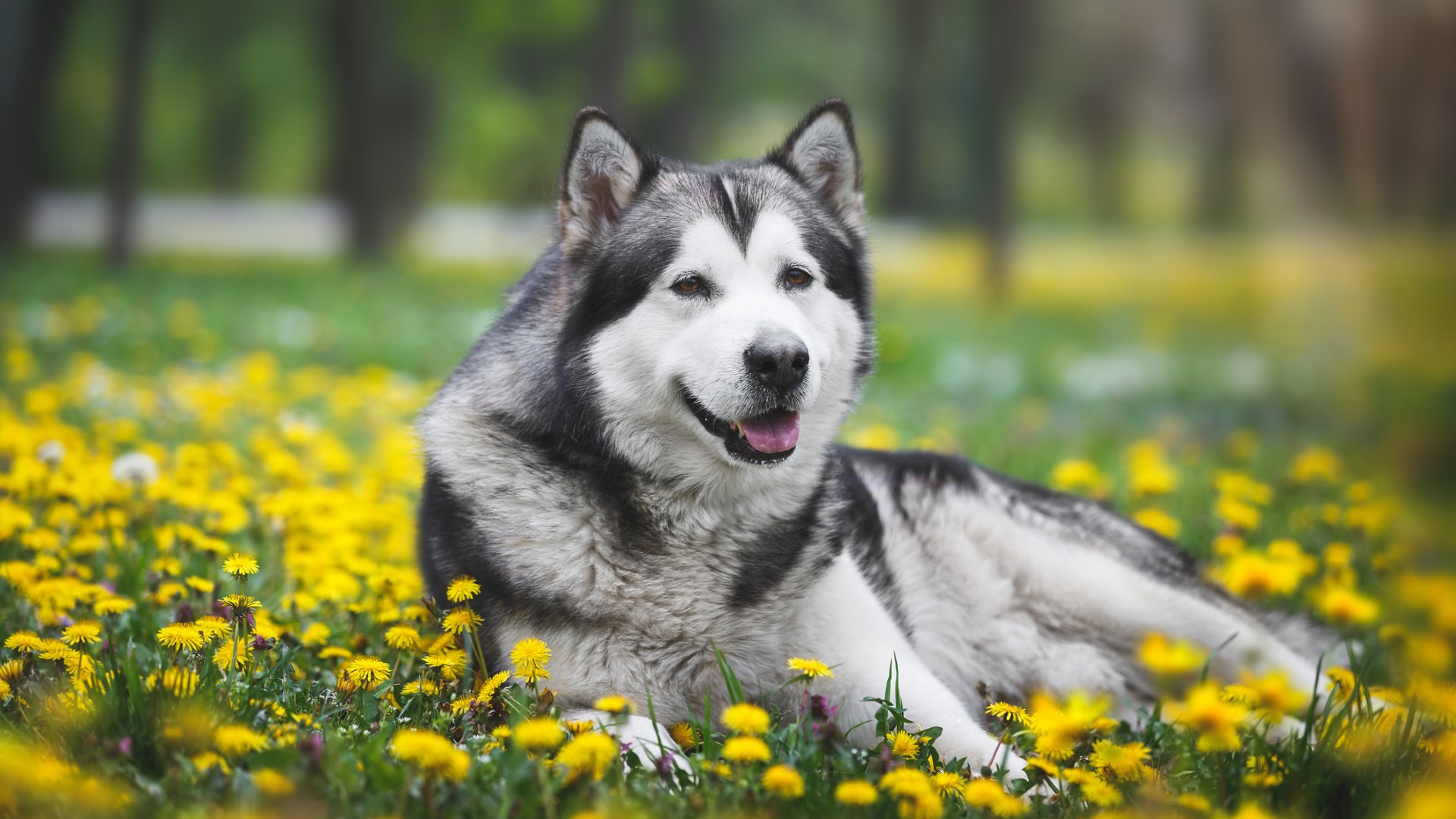

Life expectancy: 10 to 12 years
Size: 25-inches, average (male); 23 inches, average (female)
Coat: Thick double coat
Temperament: Friendly, playful, intelligent, loyal, devoted, dignified, affectionate
Exercise needs: Minimum of two hours daily
Origin/native country: Alaska, US
Alaskan Malamutes are large dogs that have been bred for thousands of years, making them one of the oldest dog breeds in the world. Prized for being strong and more than capable of working for hours on end, they’re very happy pulling sleds and carting heavy gear in extremely cold temperatures, making them one of the best dog breeds for cold climates. They can also ably assist humans on challenging expeditions and their love of the great outdoors is well known.
But do these beautiful dogs – who are often confused with Siberian Huskies – with their broad heads, erect ears and powerful shoulders make good pets or are they simply too energetic and task-minded? Let’s find out.
How much exercise does an Alaskan Malamute need?
One of the many facts about Alaskan Malamutes is that they were originally bred as working sled dogs and they have extremely high energy levels. As such, they are very active dogs and they need plenty of exercise – you will need an abundance of time (more than two hours a day) and a lot of motivation to get out and about if you intend to care for this high-energy dog breed.
As such, a stroll around the block is unlikely to be sufficient and you can’t rely on simply letting this breed out in the yard either.
“Alaskan Malamutes are bred for strenuous exercise in adverse conditions,” says vet Dr Rebecca MacMillan. “Exercise is therefore extremely important to keep them in good condition, both physically and mentally.”
To that end, you’ll need to embark on long walks and allow this breed to run in sizeable, secure areas. It’s also a good idea to offer Alaskan Malmutes some working activities such as sledding, backpacking and weight-pulling. Challenging obstacle courses work well too and you should bear in mind that this breed loves swimming so try to identify a safe stretch of water for them to play in.
Are Alaskan Malamutes aggressive dogs?
Alaskan Malamutes have been involved in some horrific – sometimes fatal – biting incidents, but the actual numbers are low and attacks are very rare. By and large, Alaskan Malamutes are friendly towards people and loyal to their human families although they may exhibit aggression towards other dogs.
PetsRadar Newsletter
Get the best advice, tips and top tech for your beloved Pets
As with all dog breeds, however, their behavior will be shaped, to a large extent, by their training.
“Alaskan Malamutes are not an aggressive breed when appropriately trained and socialized,” says Dr MacMillan. “They will need plenty of physical and mental stimulation to keep behavioral issues at bay.”
Still, it’s worth bearing in mind that Alaskan Malamutes have a bite force of between 400 and 500 pounds per square inch, which puts them at the higher end.
Are Alaskan Malamutes easy to train?
According to the book “The Intelligence of Dogs” by canine psychology expert Stanley Coren, Alaskan Malamutes have average intelligence, which means it will take between 25 and 40 repetitions for the breed to understand new commands. This means training will require a great deal of positive reinforcement and a firm, confident approach.
“An Alaskan Malamute is definitely not a beginner’s dog or a breed for first-time dog owner,” says Dr MacMillan. “You will need plenty of time and patience to put into their training and they can be difficult due to their stubborn temperament.”
Sessions will need to be engaging and varied to prevent boredom. Consistency and clear boundaries are also a must. Eventually, however, Alaskan Malamutes will become obedient, well-behaved and less prone to destruction.
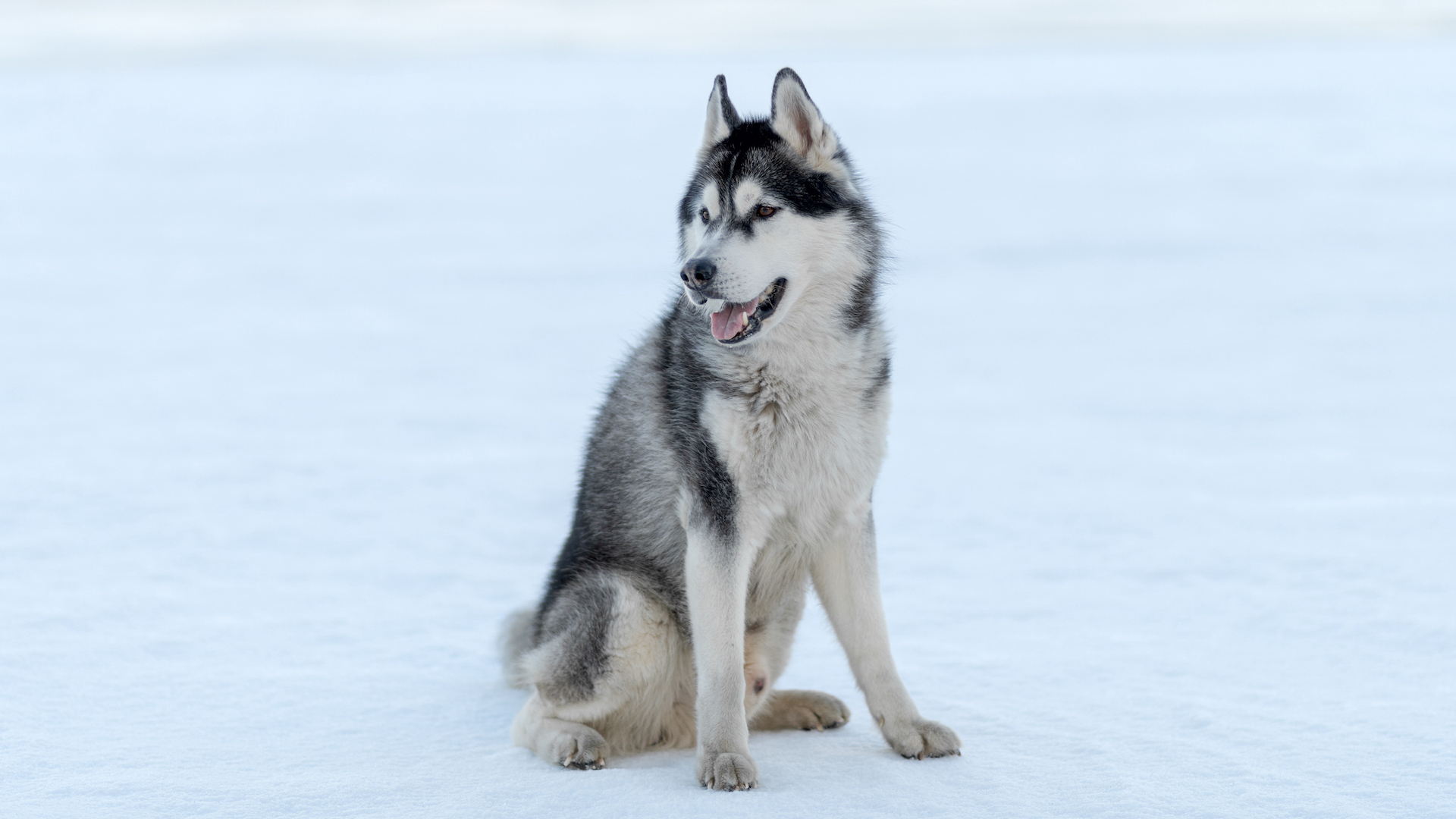
Do Alaskan Malamutes make good family pets?
Again, this depends on their background. “They have the potential to make good family pets provided they receive enough exercise and positive attention,” says Dr MacMillan.
The key is to determine whether or not you can devote sufficient time to this breed while looking after a family.
You should also consider whether or not it’s desirable to introduce Alaskan Malamutes into a home with younger children – they are large, strong dogs capable of accidentally knocking over children and babies, potentially causing injuries.
In any case, you should never leave a young child alone with an Alaskan Malamute and it’s also a good idea to assess whether you have sufficient space in your house. One thing’s for sure, an Alaskan Malamute is not a large breed suitable for apartment living.
Do Alaskan Malamutes need a lot of grooming?
Alaskan Malamutes are a relatively high-maintenance breed. “They have a thick double coat that sheds all year round. They can also have a big ‘blowout’ twice a year when they shed even more heavily than usual,” says Dr MacMillan. “Regular grooming of the double coat will help remove dead fur, reducing the amount of loose dog hairs around your home. You should groom your Alaskan Malamute at least once a week to keep their coat in good order.”
In general, grooming will consist of a weekly brush although some breed experts have said daily brushing is also desirable, perhaps stepping up to twice-a-day when shedding is at its peak. You should also take this breed to a professional groomer two to four times a year. It’s also important to keep an Alaskan Malamute’s teeth in good shape by brushing at least three times each week and to ensure their nails are regularly trimmed.
Wisdom Panel Breed Discovery DNA Kit | Amazon
Not sure exactly what breed your dog is? This kit screens for 365+ breeds – because knowing every detail about your dog helps you understand how best to care for them.
Alaskan Malamute common health problems
As with most pedigree breeds, Alaskan Malamutes are prone to certain health conditions.
“Hip and elbow dysplasia is a condition that is seen commonly in this breed,” says Dr MacMillan. “Affected joints don’t develop properly as the puppy grows and matures, leading to painful lameness. Chondrodysplasia [a genetic disorder that causes abnormal bone and cartilage development] is also found in the Alaskan Malamute population and this causes dwarfism in some puppies.”
Hypothyroidism is frequently found in Alaskan Malamutes, too.
“This endocrine disorder results in a lack of thyroid hormone which controls metabolism. Affected dogs can be prone to weight gain, lethargy, and skin disorders.”
Alaskan Malamutes are also prone to inherited polyneuropathy – a neurological disorder causing progressive muscle weakness. But there are ways to ensure a healthier puppy.
“Choosing a puppy from fit parents that have been health screened, will help to reduce the risk of some of these conditions,” Dr MacMillan says.
Should I buy an Alaskan Malamute?
If you are experienced with dogs, live in a sizable home with lots of outdoor space nearby, and don’t have a very young family, then an Alaskan Malamute will be a lovely choice of breed. But if you have little time to train and socialize a puppy and can’t devote the hours to exercise, steer clear. Similarly, if you have a young family, then it may be worth looking for a breed more suited to families.
Want to learn more about this breed? Here are our favorite Alaskan Malamute facts
The Complete Guide to Alaskan Malamutes | Amazon
This book includes practical tips, tricks, and insights to help a new (or seasoned) Alaskan Malamute owner, covering everything from finding, training, exercising, grooming, and raising a happy and healthy dog.
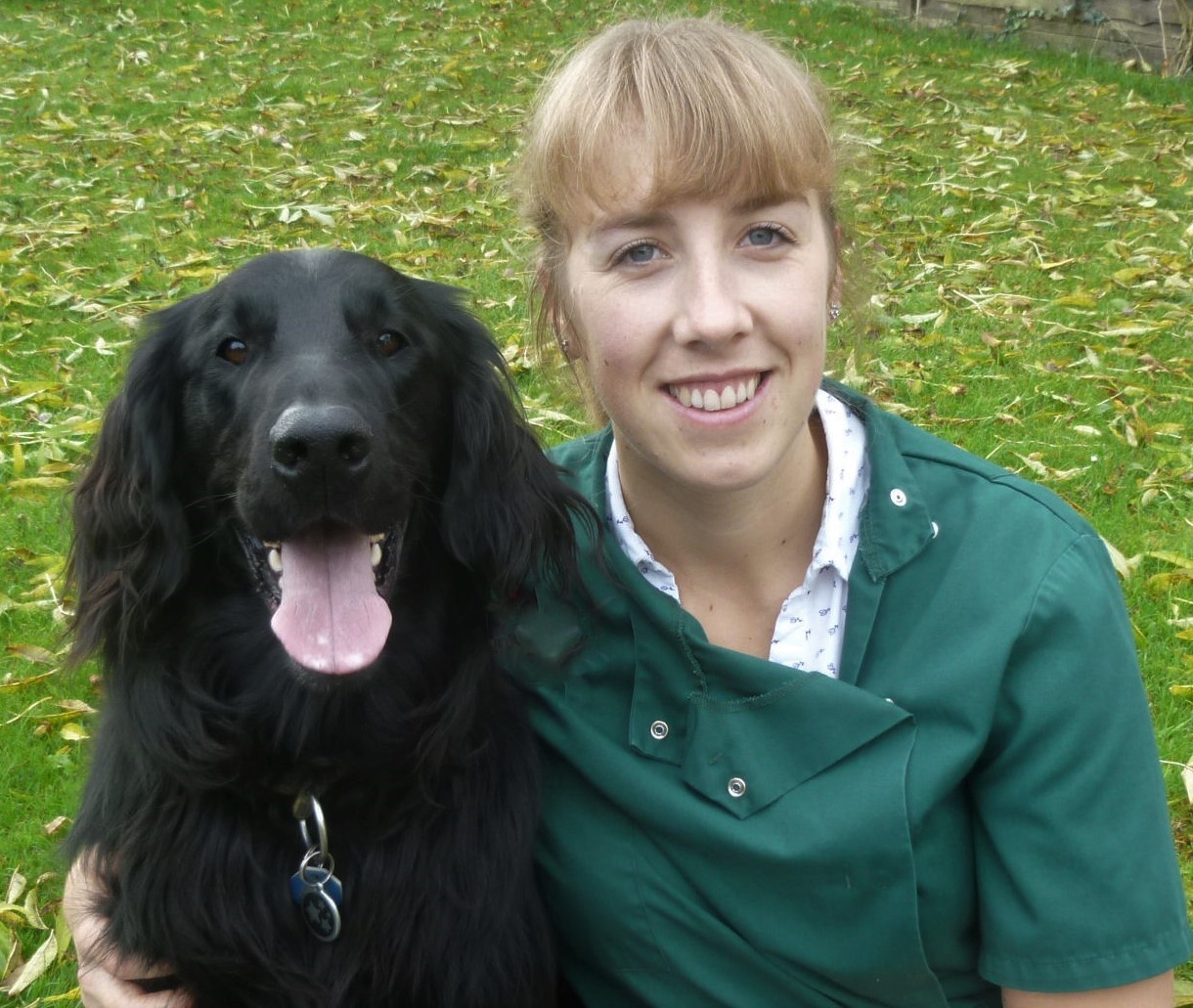
Rebecca is a veterinary surgeon who graduated in 2009 from the Royal Veterinary College in London. She has a wealth of experience in first opinion small animal practice, having done a mixture of day-to-day routine work, on-call emergency duties and managerial roles over the years. Rebecca enjoys medicine in particular and she is proud to have recently achieved a BSAVA postgraduate certificate in small animal medicine (with commendation).
She writes on various feline and canine topics, including behavior, nutrition, and health. Outside of work and writing she enjoys walking her own dog, spending time with her young family and baking!
Edited by Georgia Guerin.
Recent updates
This feature was last updated on February 10, 2025.

David Crookes has been a journalist for almost 30 years and he has written for a host of magazines, newspapers, websites and books including the World of Animals Annual, BBC Earth, Live Science, The Independent and Tom’s Guide.
Born in England, he lives with two cats but he’s also keenly interested in the differences between the huge number of dog breeds – in fact, you can read many of his breed guides that he’s written in collaboration with vets here on PetsRadar.
With a lifelong passion for technology, too, he’s always on the lookout for useful devices that will allow people to keep their pets happier and healthier, and provide them more time to spend together.
David has a degree from Durham University, as well as postgraduate diploma in journalism from the University of Central Lancashire.
